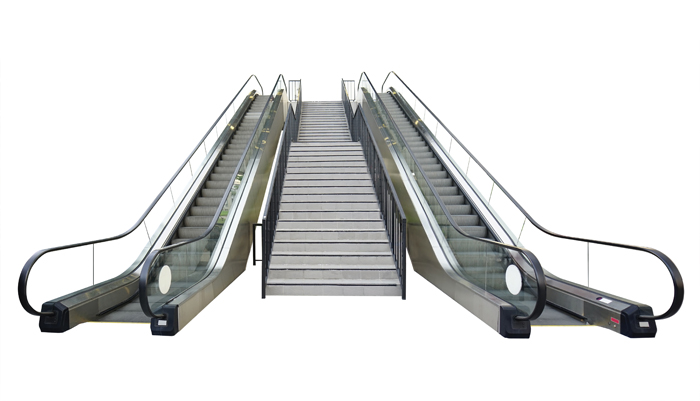
I was recently on a tour. Almost every site we visited involved stair-climbing. I was taken aback with the confusion that occurred, as people dodged each other in the stairway, darting from left to right, looking flustered and uneasy. I noticed a similar awkwardness on escalators in the airports. Stairs and escalators are common in shopping malls, office buildings, and other public places. While use of these seems simple enough, often, these areas are witness to unpleasant collisions, uncomfortable feelings, and even potential accidents.
Stairs
Keeping to our right, whether ascending or descending the stairs, allows comfortable movement and prevents uneasy collisions. It is also probably sensible and practical, since most people are right-handed. Grasping the wall or handrail on the right, for support or stability as we climb up, or walk down, is both natural and comfortable.
Also, keeping to the side allows those in a hurry to move past, if space permits. When overtaking someone, saying “excuse me, thank you!” is an unwritten rule. This is not only polite, it alerts others to the fact that we’re crossing them — pretty much like using the indicator sign while changing driving lanes.
When using the stairs with a companion, it’s probably best to move one step ahead or one step behind each other, rather than side by side. Any brief chat could be kept going this way, without inconveniencing or slowing up others.
Escalators
Surprisingly, ‘stand right, walk left’ is not recommended for escalator use. Recent reports suggest that escalator machinery wears out unevenly due to this practice. Escalators weren’t made for walking, they say. Other reports suggest that standing evenly, side-by-side, on an escalator allows an increase in commuter capacity. For this, and more important reasons such as safety, it seems best to stand, rather than walk, on an escalator. Folks in a hurry ought to realise that they actually only save a few seconds by walking on an escalator, compared to standing. They might argue that those ‘few seconds’ could make a difference between catching a flight or missing one, but such instances should be rare, rather than a norm. And there are some people who prefer to walk on an escalator as they consider it good exercise. However, escalators are meant to do the ‘walking’ for us! Those wanting ‘exercise’ might be better off using the stairs.
Stopping, just before getting on, or immediately after stepping off an escalator — to check phones, adjust bags, wait for a companion, or steady ourselves — builds pile up, blocks others behind from stepping on or off, causes awkwardness, or mishaps. For these reasons, it’s considerate to step to the side briskly.
The need for an awareness of behaviours in public places is evolving. Who we are is no longer only limited to our skills, expertise, and knowledge. It is also about how we manage our use of public utilities, and the impact of our behaviour on others.
Carolann Philips is an award winning, certified management coach and organisational development coach. She is also a talent developer, and etiquette & protocol consultant. She specialises in behavioural skill development and professional performance enhancement. Visit her at www.carolannphilips.com